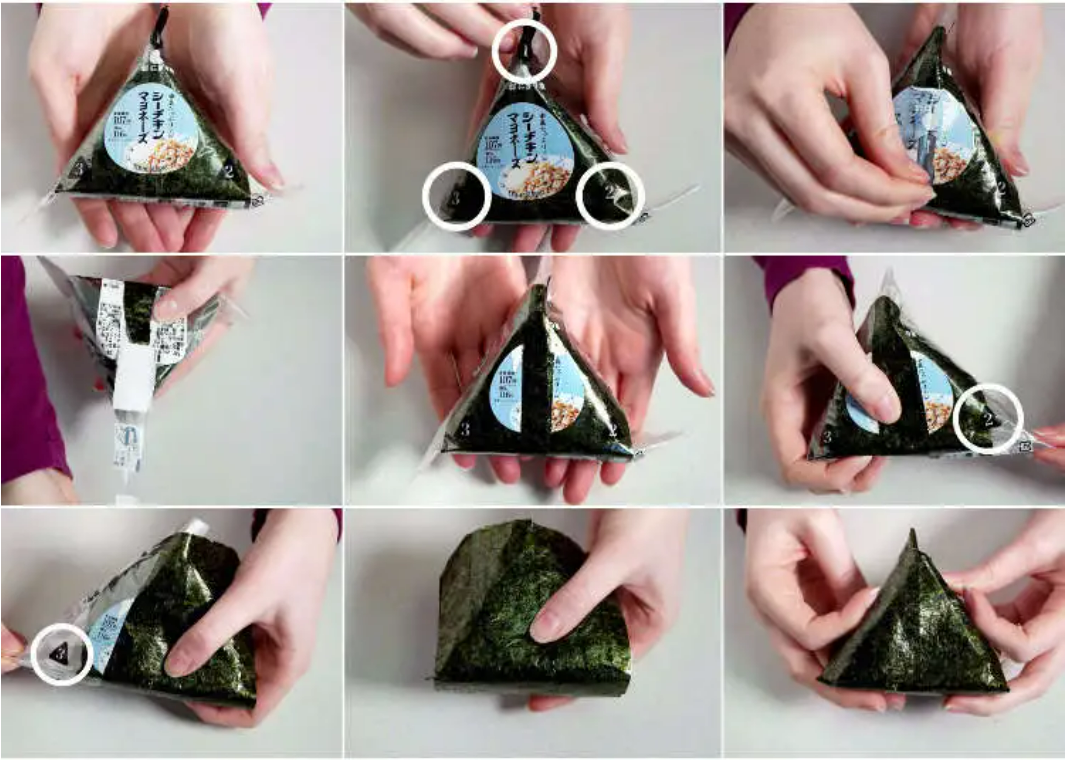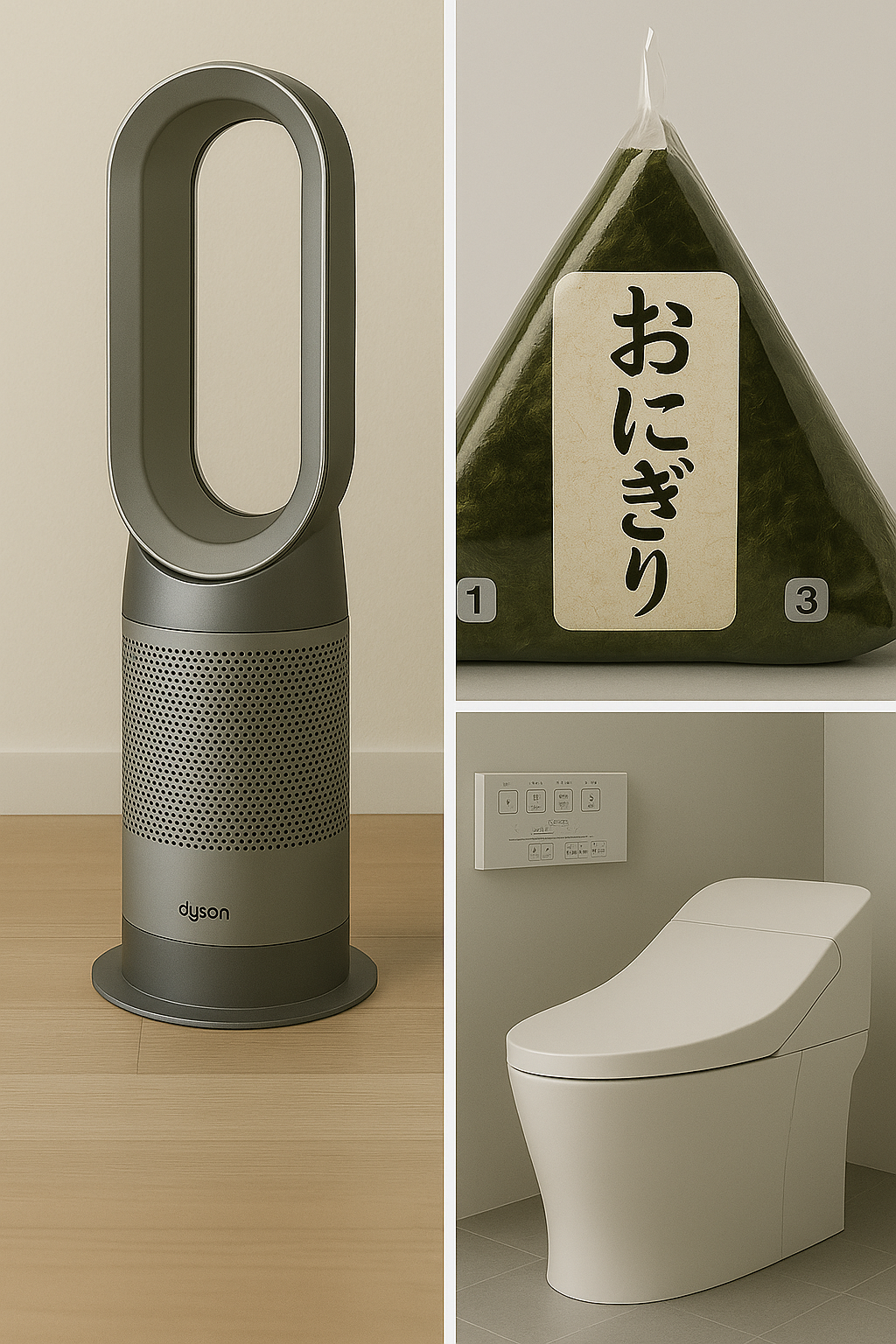As product people, we're trained to see the world through a lens of problems and solutions. We deconstruct experiences, question assumptions, and appreciate the details that separate good products from great ones. Here are three seemingly unrelated products that have profoundly influenced my product philosophy.
1. Japanese Packaging: Designing for the Moment of Use

Japanese packaging is a masterclass in user-centric design. If it takes you more than eight seconds to open, you're probably doing it wrong. The onigiri (rice ball) wrapper is the perfect case study. The problem: how do you keep the seaweed (nori) perfectly crisp until the moment of consumption? The solution is a brilliant, multi-step opening process that separates the nori from the wet sticky rice with a thin plastic film.
The design guides you through a simple and satisfying four step sequence. This isn't just packaging; it's part of the product experience. It shows an obsession with delivering the product in its ideal state. The key takeaway for any PM is to think about the entire user journey, right up to the moment of consumption. How can we ensure the user experiences our product exactly as we intended?
2. The Dyson Fan: More Than Just a Fan
For decades, a fan was just a fan. It was a functional, if clumsy, solution to a hot day. Dyson looked at this "solved" product and asked a better question: what's it really like to own one?
Their first answer was the bladeless design. On the surface, it's a beautiful piece of industrial design. But its true purpose is rooted in empathy. Every parent who has ever flinched as their toddler toddled towards a traditional fan understands the visceral fear of those spinning blades. Dyson didn't just improve the fan; they removed the fear.
Then, they addressed another silent frustration: the seasonal shuffle. We drag fans out in May and haul heaters up from the basement in October. The Dyson "Hot + Cool" isn't just a feature; it's a solution to the hassle of ownership. It becomes a permanent, reliable fixture in the home, ready with a single switch.
The lesson from Dyson is that the best products don't just perform a function; they solve the unspoken problems around it. They proved that by focusing on what truly matters to people—safety, convenience, and peace of mind—you can transform a mundane utility into a premium, desirable experience.
3. The Japanese Toilet: Elevating a Universal Experience
Every single human on the planet uses a toilet. It's a universal, daily ritual. Yet, for most of the world, the experience has remained unchanged for a century. Japanese toilets, or washlets, demonstrate the power of applying thoughtful design to a universal human need. Once you've used one, there's simply no going back.
Great products often hide in plain sight, improving experiences we've long accepted as "good enough."
The heated seat, the bidet function, the automated lid—each feature is a small moment of delight and consideration. It shows a deep empathy for the user's comfort and hygiene. It's a reminder that no experience is too mundane to be improved. The lesson here is to look for the universal constants in human behavior and ask, "How can we make this not just functional, but exceptional?"
